
Introduction
This paper examines the literary and historical context, as … Read the rest

This paper examines the literary and historical context, as … Read the rest
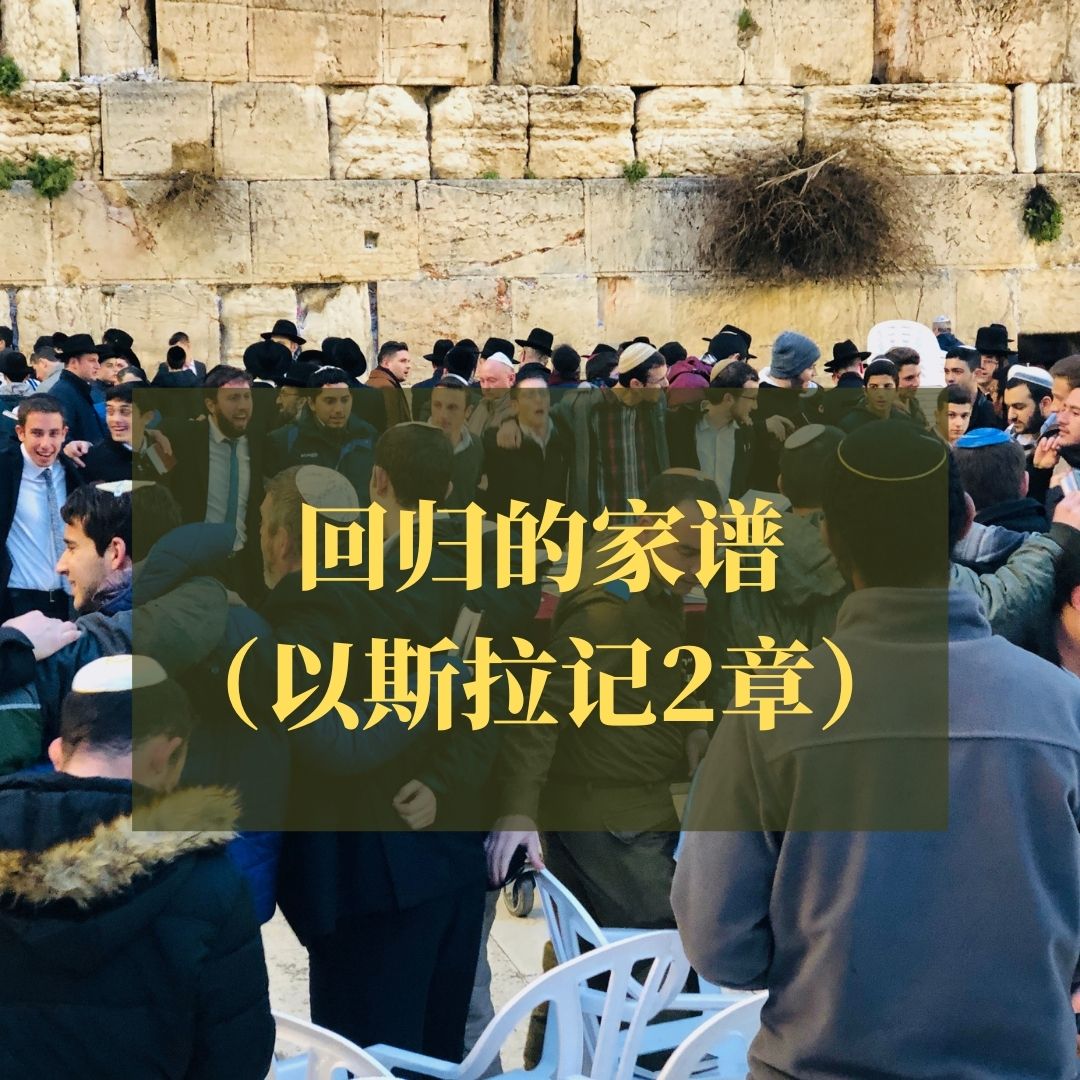

撒加利亚是从巴比伦归回应许之地的先知。了解犹大人被掳归回的历史对于明白撒加利亚书有相当大的帮助。这个信息简单的介绍了犹太人三次被掳和归回的历史。… Read the rest
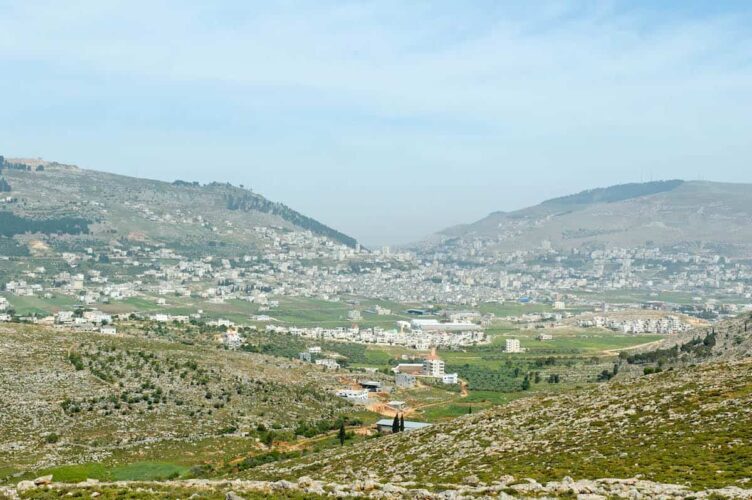
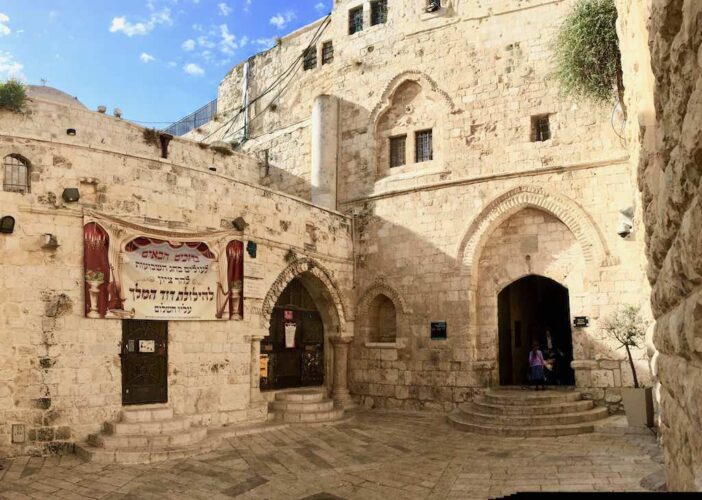
这个主日是七七节,又称为五旬节。七七节是指着七个七天,五旬节是指着五十天。七七节是初熟节之后的第七个安息日的次日(利23:16),是庄稼初熟的日子(民28:26),耶和华神吩咐以色列人每年在五旬节要去圣殿献祭敬拜祂(利23:15-22)。“初熟”在希伯来文是bikkurim,是小麦初熟的日子。耶和华吩咐以色列人要把小麦磨成细面用油调作素祭献给神自己(民28:28)。

耶和华吩咐以色列人在七七节需要献一个特别的素祭,称为新素祭(利23:16)。通常的素祭都是无酵的,但是七七节的新素祭却是有酵。以色列人需要烤两个有酵饼献给耶和华神。

五旬节豫表基督的教会的诞生。在第一个五旬节过了1500年后,在耶路撒冷,在主耶稣复活之后的第五十天,圣灵降下充满主耶稣第一批的门徒,教会诞生,开始了教会时代(徒2:1-4)。主在最后一周曾经说过麦子豫表祂,麦子死了,结出许多的子粒(约12:24)。基督如麦子,麦子磨成细面,圣灵如橄榄油浇灌在细面上,教会就诞生了,如此美丽的豫表,我们赞美神的智慧、能力与恩典!

那两个有酵的饼很可能是豫表教会。有酵指着人虽然被拯救了,但是还是有罪性在里面。主今天在教会的工作,就是要致死忍人的罪性,用水藉著道把教会洗净,成为圣洁,可以献给自己,作个荣耀的教会,毫无玷污、皱纹等类的病,乃是圣洁没有瑕疵的(弗5:27)。

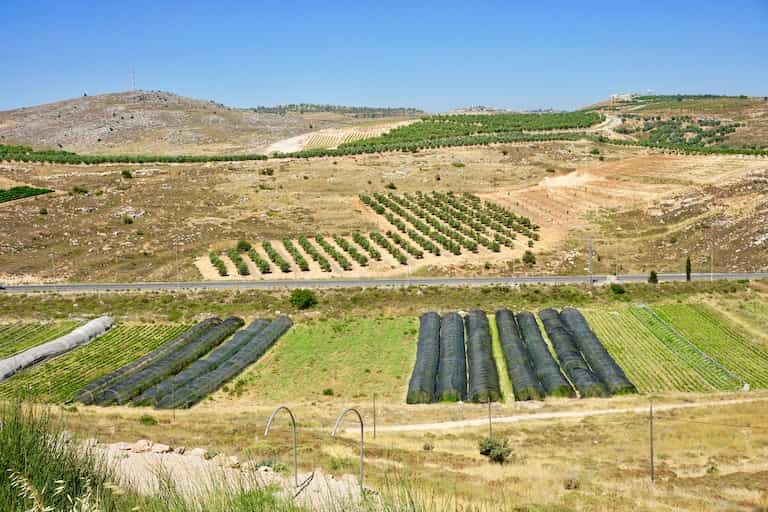
重要性
照片… Read the rest
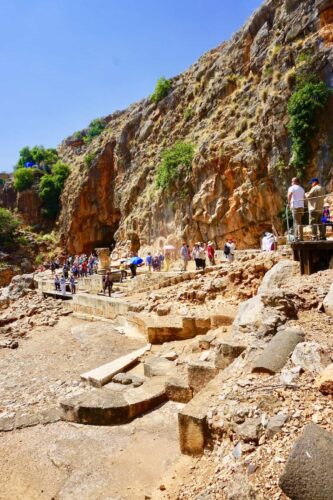

以下的年代是根据创世记前两章的创造是按照字面解释,神在第六天创造了人。根据创世记5和11章的记载,推论神是在主前3954年创造亚当。
亚当活在这个时期。农村和牧养生活。南地北部有地底下的住处,长方型的建筑,开始使用铜,初型的神庙,葬礼使用骨盒(ossuaries)。典型遗址:Teleilat Ghassul (死海东北), 隐基底古庙, Nahal Mishmar, … Read the rest